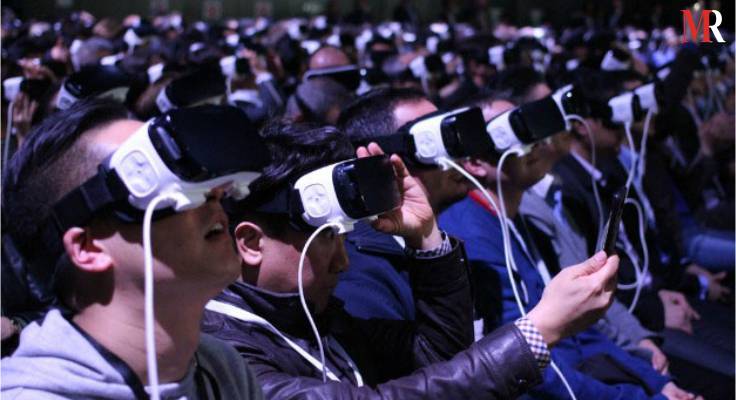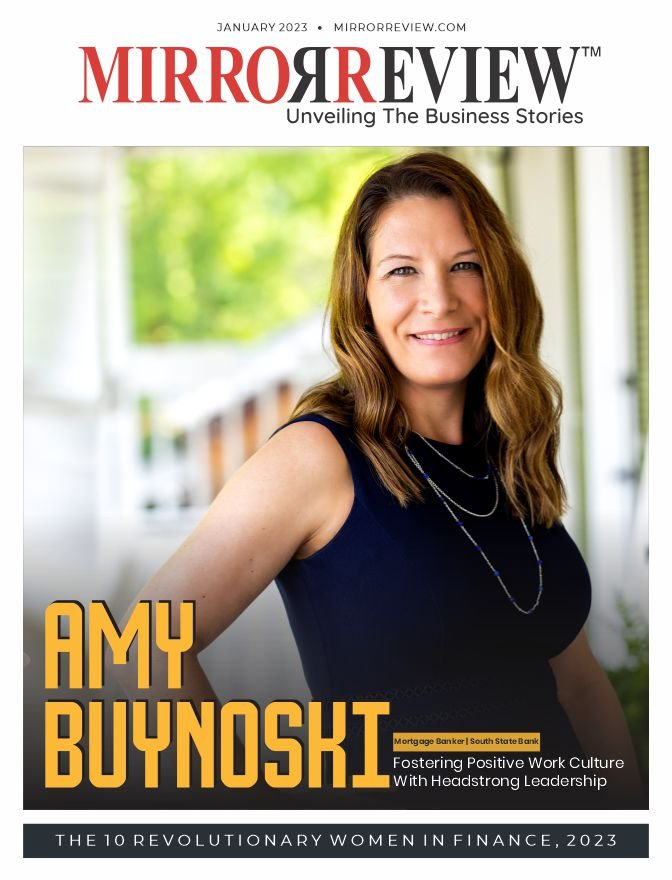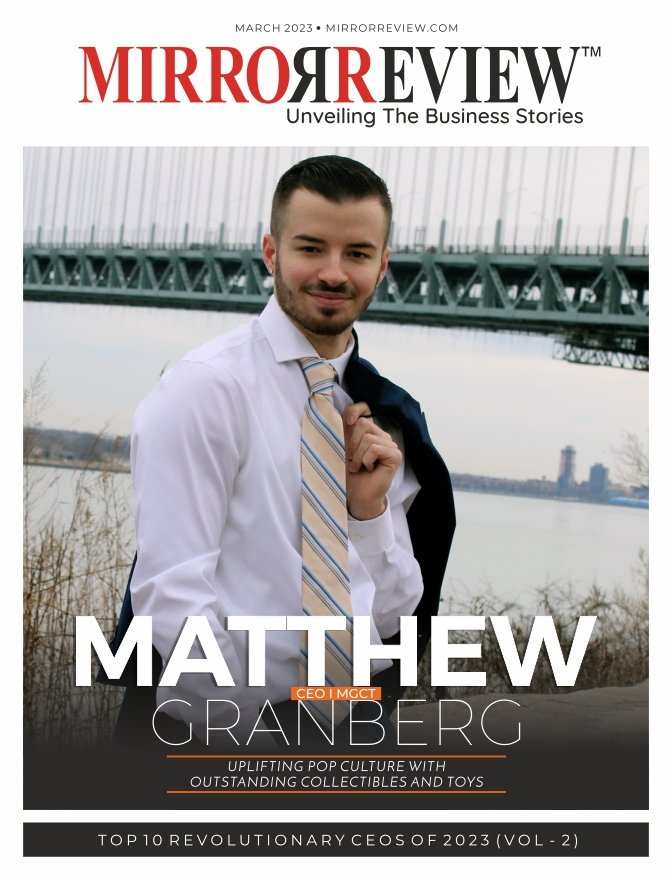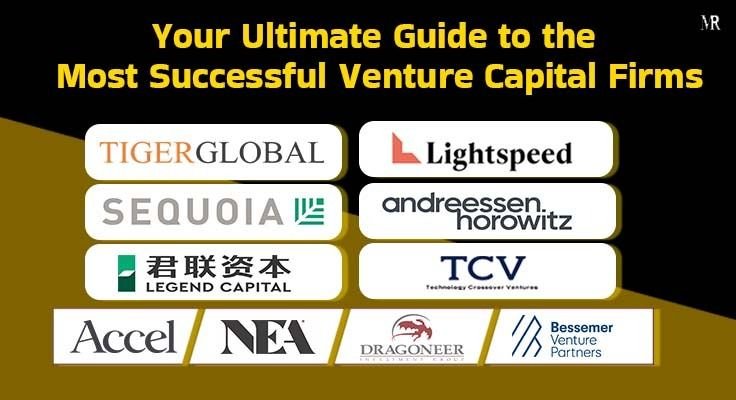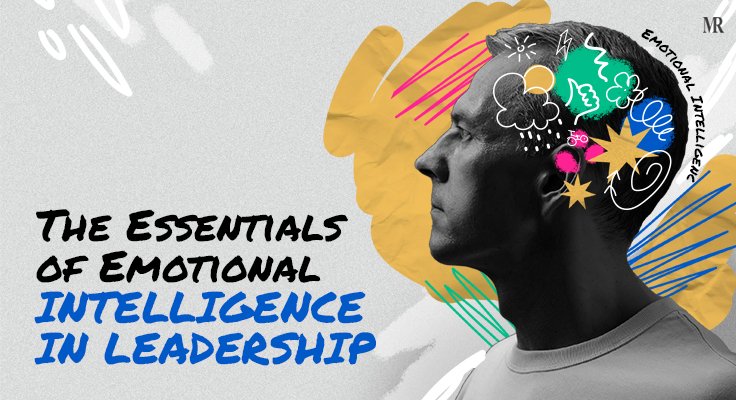How will you feel if you will be virtually teleport to your dream place for some time? Obviously you will be like happy forever.
Virtual reality is an artificial environment that is created with software and presented to the user in such a way that the user suspends belief and accepts it as a real environment. The simplest form of virtual reality is a 3-D image that can be explored interactively at a personal computer
Future of VR
We have heard the name VR (Virtual Reality) only as gamer, but it’s not limited up to the game only.
The revenue of the VR products are increasing day by day, it’s expected to cross $6.3 billion by the end of 2018.
The users of Active VR are increasing day by day; it’s expected to increase by 3 billion by the end of this year.
VR Sectors
As said, VR applications are not only limited for the gaming sector. Innovators are continuously trying to build an unimaginable future of VR. Here are a few of the sectors that will have huge impact of Virtual Reality in the coming future.
Education
Virtual Reality helps various fields of education to effectively provide better learning methods for students.
- School and college – Scientists have proved that people can learn new things effectively when they can see, listen, and feel those things. VR helps student to learn new things through the virtual world. It’s easy to learn when we visualize the things in the virtual world.
- Defense – In defense it helps the solider to get trained in the various environment. This helps to optimize numerous operations.
- Hospital – VR educational value also extends to educating patients in the medical setting. For instance, AccuVein has invented a scanner that projects over skin to shows nurses and doctors where various veins and valves are in a patient’s body. The technology has reportedly been used on more than 10 million patients so far and made finding a vein on the first attempt 3.5x more likely.
Entertainment
Here are a few current Virtual Reality applications in the Entertainment sector that are providing new heights for the future of VR.
- Games – Virtual reality gaming is where a person can experience being in a three-dimensional environment and interact with that environment during a game. This is an essential part of the game.
- 360° video – 360-degree VR is an audiovisual simulation of an altered, augmented or substituted environment that surrounds the user, allowing them to look around them in all directions, just as they can in real life.
- Movie and media – Second only to gaming, the media sector has been among the most eager to embrace virtual reality. The New York Times is already a leader in VR-powered storytelling, releasing new visual stories regularly through the NYTVR app. Deploying VR in entertainment eliminates the boundary between a story and its audience, allowing filmmakers to experiment with space and point of view and leading to experiential works that blur the lines between gaming and narrative entertainment.
- Events and concerts – Since VR enables individuals to be places virtually, it provides an avenue for organizers to welcome more individuals into in-person events.
- Marketing and advertising – Brands are increasingly using VR- and AR-powered campaigns to immerse customers with their product lines and interact with their audiences in unique ways
Medical
As a doctor, you could assist in the OR without ever lifting a scalpel. If you are a medical student, you could study the human body more closely and prepare better for real life surgeries.
Hotels
Selling a premium hotel room or holiday experience, or distinguishing it from rival offerings, is an increasingly challenging task for marketers and brands in the hospitality industry. VR is enabling marketers to help their customers visualize and experience their offerings virtually.
Manufacturing
Real state VR and AR have game-changing value in both the development and sale of real estate. Architects are excited about AR’s potential for digital modelling — tools from start-ups like Augment can be used to overlay building plans, marketing materials, and other 2D collateral into 3D models
Automotive
VR is an obvious fit for immersive car tours and experiential test drives. In future it is expected that Virtual Reality applications in automotive will be among significant factors leading to the sales of vehicles.

